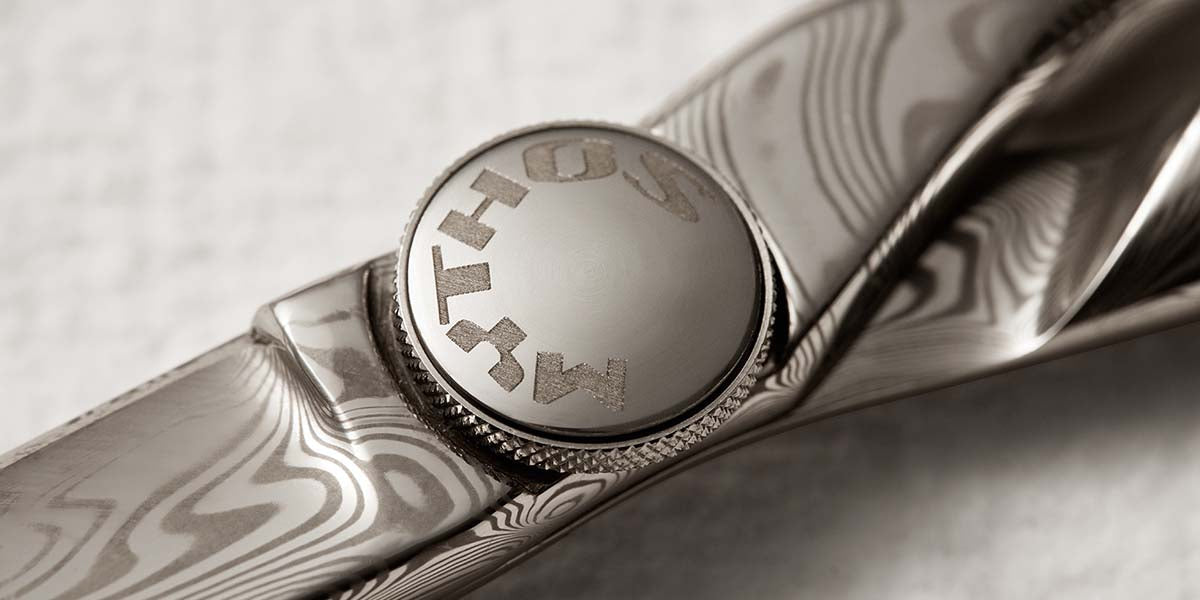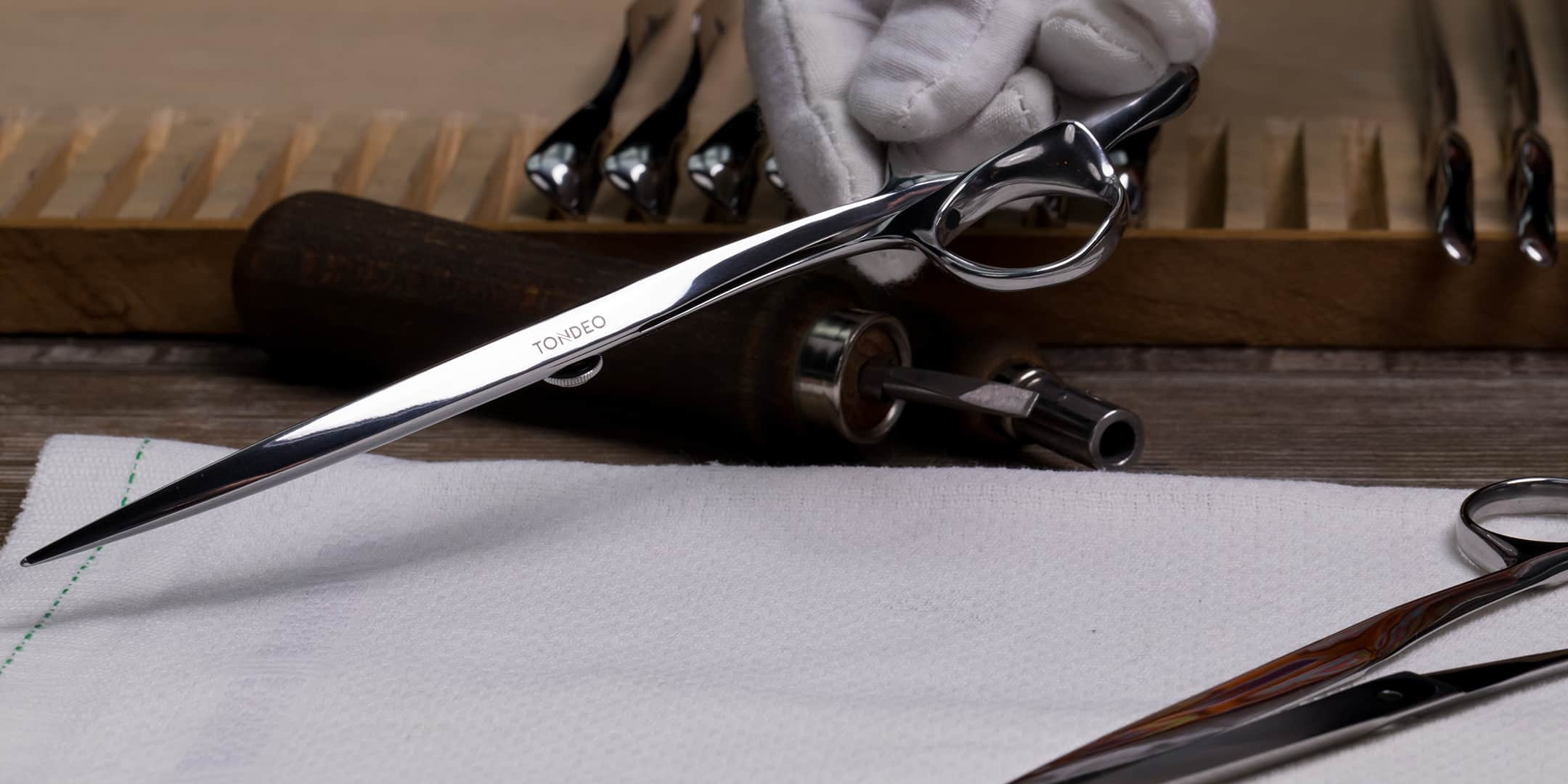Article: Scissors knowledge

Scissors knowledge
The shape
There are four scissor shapes, each characterized by different ergonomic features. The Classic shape features identical upper and lower tangs. The Chiro shape features optimized blade/stalk proportions with leverage. The various versions of the Offset shape feature an angled grip or shortened thumb tang for a natural hand position and relaxed working. The special Crane shape achieves an ergonomic scissoring position that relieves strain on the hand, arm, and shoulder joints.

Scissors naming

Criteria for good scissors
Serrated blades are particularly suitable for contour cuts and for beginners, as they minimize feed. Slicing techniques, however, are only possible with polished blades. Various grinding techniques and cutting angles achieve a level of sharpness and durability that reaches its optimum in the Premium Line with the integrated CONB LADE blade. A good pair of modeling/thinning scissors must be able to be pulled out of the mesh when closed, and the hair must not be crushed. The Tulip serration from the S and Premium Lines, with its enlarged catching areas, achieves this perfectly.
The cutting edge

The screw system
A loose screw will prevent the scissors blades from closing properly, which could damage the cutting edges. A screw that's too tight can also damage the cutting blades. TONDEO screws ensure optimal tension on the scissors.

The gangway
A good gear point must ensure that the scissor blades don't tip over. The more precise the gear point, the more stable the cut, the longer the lifespan of the scissors, and the smoother the action. TONDEO scissors have special gear points that optimize these properties.


